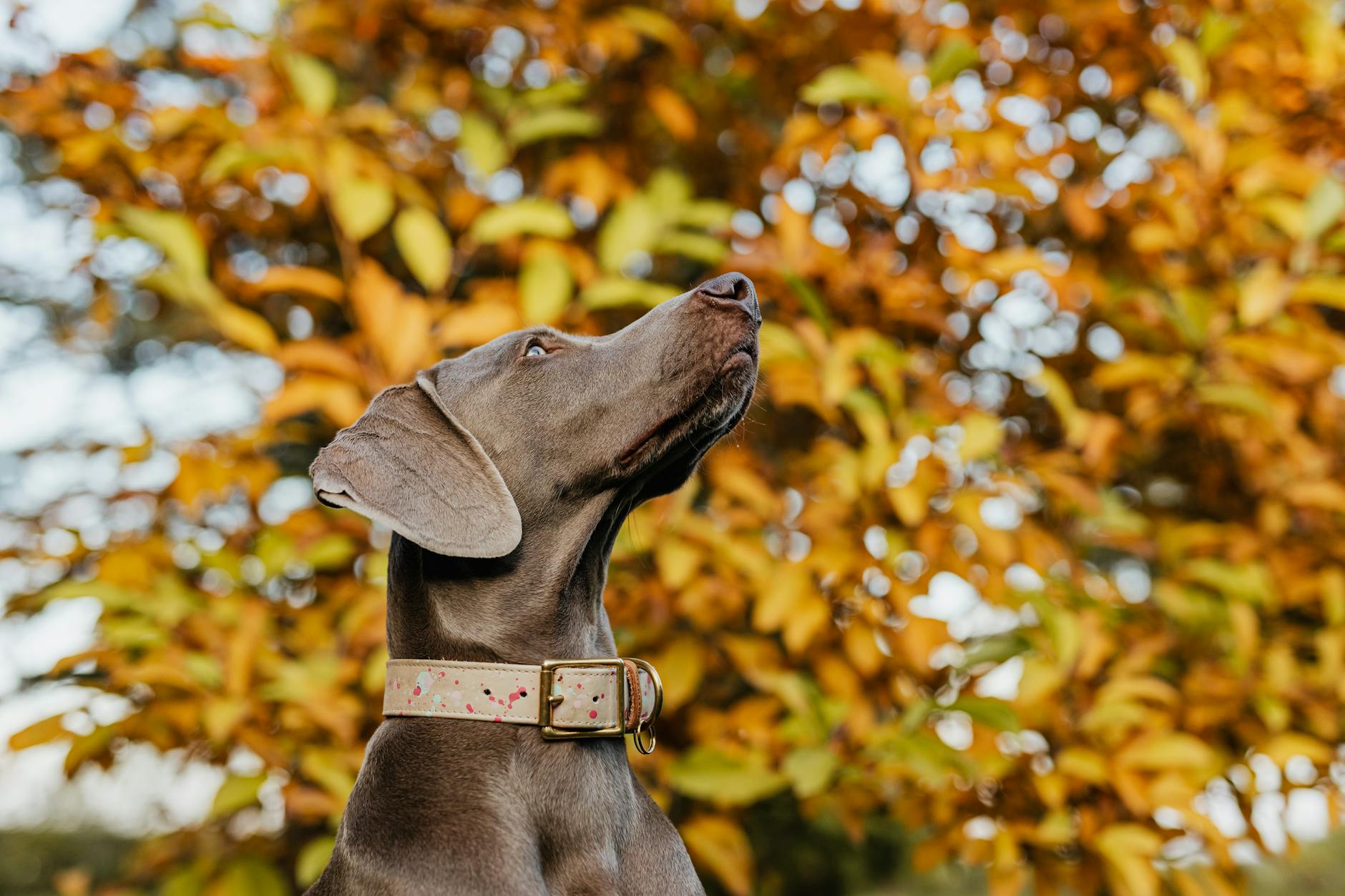Ultimate Guide to Dog Training Collars w/Remote

Dog training collars with remote controls are powerful tools used by pet owners and professional trainers to encourage obedience and correct behavior in dogs. These devices allow for consistent, immediate feedback to dogs of all breeds and sizes, facilitating effective communication and behavioral shaping over distances. Below, we'll explore the various types of remote training collars, how to use them properly, and important considerations for their humane and effective use.
Types of Remote Dog Training Collars
Remote dog training collars come in several forms, each suited for different training needs and preferences:
1. Static Shock Collars
These collars administer a mild electric shock to the dog as a form of correction. The intensity of the shock is typically adjustable to accommodate the sensitivity of different dogs.
2. Vibration Collars
A vibration collar provides a less invasive correction by vibrating at varying intensities. This can be enough to get a dog's attention without using static correction.
3. Sound Collars
Sound collars emit a beep or tone as a cue or corrective measure. This can be an effective method for dogs that are sensitive to auditory signals.
4. Spray Collars
Spray collars release a burst of scented air or a citronella spray to deter unwanted behaviors. This can be a gentler alternative to static shock for some dogs.
Effective Techniques for Using Remote Training Collars
To ensure that a remote dog training collar is used effectively and humanely, follow these techniques:
Establish Basic Commands
Before integrating a training collar, your dog should understand basic commands such as "sit," "stay," "come," and "down." This foundational training allows the collar to reinforce known behaviors rather than teaching new ones.
Gradual Introduction
Introduce the collar gradually by letting the dog wear it without making any corrections. This helps prevent the dog from associating the collar with negative experiences.
Choose the Right Correction Level
Start with the lowest correction level that gets your dog's attention without causing distress. The goal is to signal the dog, not to harm or frighten it.
Consistent Use
Consistency is key when using a remote collar. Issue corrections immediately after undesired behaviors to ensure the dog makes a clear connection between the two.
Combine with Positive Reinforcement
Always use positive reinforcement along with correction. When your dog responds correctly, provide treats, praise, or affection to reinforce good behavior.
Keep Training Sessions Short and Positive
Training sessions should be short to maintain your dog's attention and prevent stress. Keep the mood positive and end on a good note.
Know When Not to Use a Training Collar
Do not use a training collar with dogs that are aggressive, fearful, or have a history of abuse. In such cases, consult a professional trainer or behaviorist.
Considerations for Humane Use
When utilizing remote training collars, consider the following to ensure ethical treatment:
-
Avoid over-reliance on the collar. It should be a tool for reinforcement, not a substitute for regular training and positive interaction.
-
Never use the collar as a form of punishment. It should only be used to correct specific behaviors during training sessions.
-
Monitor your dog for any signs of stress, discomfort, or skin irritation from the collar. Adjust fit and usage as needed.
-
Have patience. Training takes time, and overuse of corrections can hinder progress and damage your relationship with your pet.
Conclusion
Remote dog training collars, when used correctly, can be a vital part of a comprehensive training strategy. By understanding the different types, utilizing effective techniques, and committing to humane practices, dog owners can foster a harmonious and obedient relationship with their furry companions. Remember, training is an ongoing process that thrives on patience, consistency, and positive reinforcement.